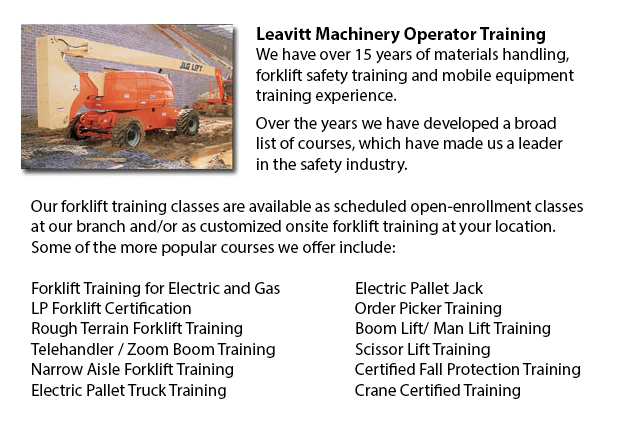
Aerial Lift Certification Penticton - Aerial Lift Certification is for those who need an in-depth understanding of aerial lift safety. Inspectors and operators, construction craftsmen, supervisors and maintenance workers must perform a certificate and training program. Federal, provincial and state regulations need businesses to be certified in order to do in-house aerial lift checks.
Nearly all workers who are needed to work at elevated level would normally use the same means to get to these desired heights, regardless of the kind of work that has to be performed. Scissor lifts and aerial lifts are the mechanized devices made use of in order to lift employees and equipment to elevated sites.
Bucket trucks or cherry pickers are boom-supported aerial platforms. The primary dangers related to boom-operated platforms are tip-overs, falls and electrocutions. Certification guarantees that workers who use aerial lifts are trained properly in order to safely operate the equipment. Training also ensures that workers know how to maintain aerial work platforms based on the instructions of the manufacturer.
Aerial lift training certification programs would cover the following: Vehicle-mounted aerial lifts, Boom-supported scissor lifts and aerial lifts. Trainees would learn about safe operating procedures and will gain an understanding about the dangers that usually lead to aerial lift accidents. They would become technically competent in the various kinds of aerial lifts, in addition to parts and terms. From interpreting rated capacity charts to selecting the best aerial lift for the task, the certification program would provide employees with everything they should know in order to do their work safely.
Those who are assigned the responsibility of inspecting aerial lift devices have to know how to inspect booms, gears, structural components, operating mechanisms, control systems and functions, power plants, braking systems, attachments, pins and shafts, hydraulic, pneumatic and electric components, operator aids and emergency safety devices, and all that. Training will consist of the following: the role of the inspector in reducing accidents and liability exposure; how to perform a pre-use, annual and monthly inspection; how to write inspection reports; how to apply and interpret regulations regarding aerial lift safety standards; techniques and checklists; inspection procedures; following record keeping requirements; applying and understanding the three levels of aerial lift inspection; and when to remove defective aerial lifts from service.
-
Forklift Certification Schools Penticton
Forklift Certification Schools Penticton - In North America, forklift certification is mandatory, making forklift training programs essential for both the business and their employees working as operators of forklifts. Forklift training focuses on sa... More -
Telehandler Training Courses Penticton
Telehandler Training Courses Penticton - The employer has the responsibility to make sure that their personnel are trained to work proficiently utilizing telehandler machinery. The workers have to be assessed for their ability to utilize the machine.... More -
Certified Fall Protection Training in Penticton
There are many injuries at work linked to falling and lots of fall-related deaths reported each and every year. Most of these instances might have been prevented with better training, better precautions in place, and by properly equipping employees b... More -
Zoom Boom Training Penticton
Zoom Boom Training Penticton - Zoom Boom Training is designed to train operators on variable reach forklifts. The objectives of the training are to impart an understanding of the physics of the machine, and to outline the operator's job. This course... More -
Crane Training Schools Penticton
Crane Training Schools Penticton - We have designed various Mobile Crane Operation programs at our Crane Training Schools. These programs are recommended for the experienced operator who needs re-certification or certification, and for inexperienced... More -
Aerial Lift, Boom Lift, Man Lift, Scissor Lift Training in Penticton
Lift tables or also referred to as scissor hoists can lift up both individuals and materials vertically. They are normally utilized in industrial, construction and commercial environments. Normally, the use of a scissor forklift is to lift and lower... More -
Forklift Training Program Penticton
Forklift Training Program Penticton - The forklift is a common powered industrial vehicle which is in wide use nowadays. They are occasionally known as hi los, lift trucks or jitneys. A departments store will utilize the forklift to unload and load m... More -
Overhead Crane Training Penticton
Overhead Crane Training Penticton - An overhead crane is a large crane used to move and lift huge, heavy objects that cannot be lifted by hand. An overhead crane is normally fixed in position while in use. These machines are capable of moving huge vo... More

Forklift Training Penticton
TOLL FREE: 1-888-254-6157
Penticton, British Columbia
forklifttrainingpenticton.com
Email Us
About Us


